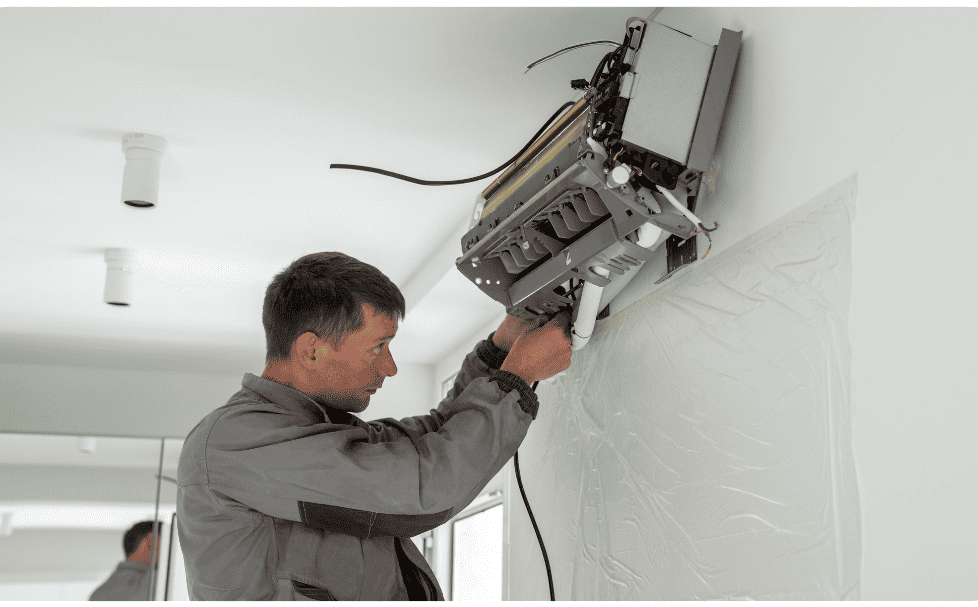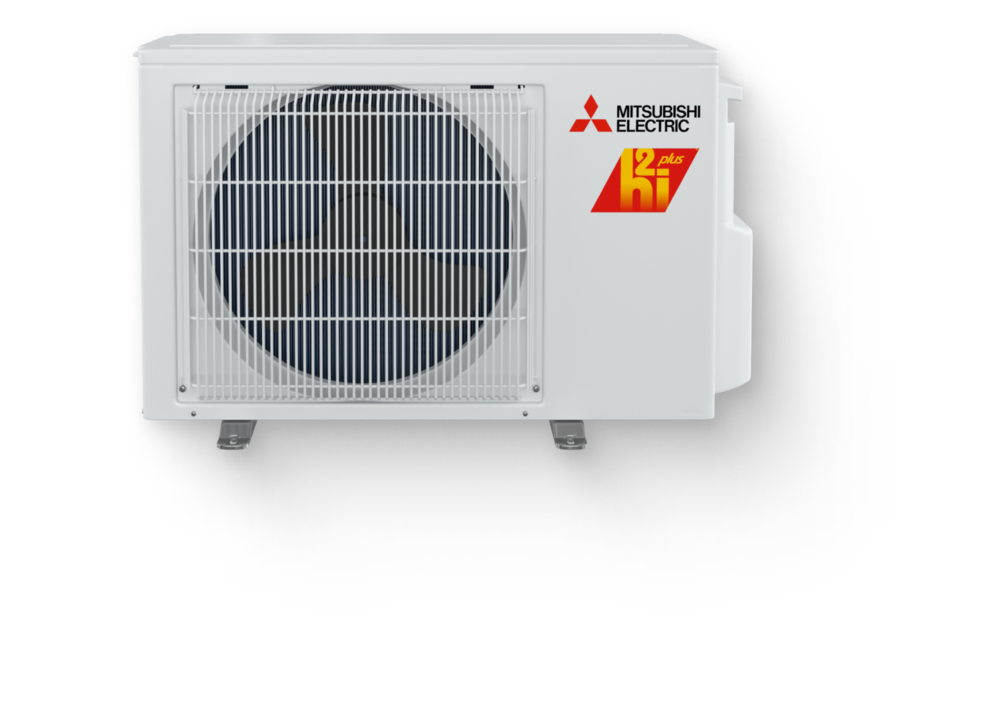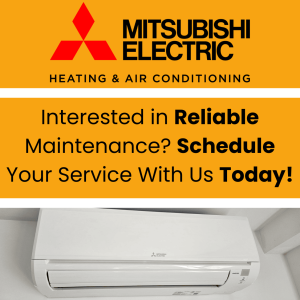Mini Split Troubleshooting: Do’s And Don’ts Doing It Yourself
When your mini-split system starts behaving unexpectedly, it's natural for concerns and questions to arise. The comfort and convenience that these systems bring to our homes make any glitch or malfunction noticeable, often leading homeowners to wonder if they can handle the troubleshooting process on their own. Is it a simple fix that a DIY enthusiast can tackle, or is it a more complex issue that requires the expertise of a professional?
In today's digital age, the instinctive action for many is to search online for answers, and that's likely how you landed here. With the myriad of information available, determining the root cause of the problem and whether it's within your skill set to resolve can be daunting. However, you're not alone in this journey. Let's delve deeper into common issues with mini-splits and evaluate if they can be addressed independently or if professional intervention is necessary.
Table of Contents:

Mini Split Troubleshooting: Do’s And Don’ts Doing It Yourself
Mini Split Troubleshooting Q&A:
We suggest this article in Q&A format, where Q is the symptoms description, A is a list of possible breakages, and a troubleshooting part with the answer of whether you can fix it or will definitely need professional help. At this or any other stage, you are very welcome to contact us so you won’t even start managing this kind of inconvenience yourself. We could describe your issue here, and it turns out not a problem at all, and you might handle mini-split troubleshooting through your own efforts. However, just a heads-up: we recommend not attempting to fix malfunctions yourself except, of course, in cases where a simple reboot of the equipment or changing batteries is the answer.
In the vast world of home maintenance, the realm of HVAC and specifically, mini-split systems, can seem particularly intimidating. These modern cooling and heating units are known for their efficiency and versatility, but like any machine, they aren't immune to the occasional hiccup. While some homeowners have a natural knack for DIY solutions and might feel tempted to dive into the troubleshooting process, it's essential to understand the potential risks. Tinkering with intricate components without the right knowledge could lead to more significant issues or even void any existing warranty. This Q&A guide aims to provide clarity on common symptoms and their possible causes. By understanding the breadth of the problem, you can make an informed decision: either to make a straightforward fix like resetting the system or to call in the experts. Remember, it's always better to err on the side of caution. Your safety and the longevity of your equipment are paramount.

Ductless mini split frequently asked questions
Heating and Cooling Issues:
Q: My mini-split system is not cooling/heating the air.
The air from the mini-split is not as cold/hot as before.
A: Possible reasons might be refrigerant leakage, dirty air filters, compressor issues, thermostat problems, or restricted airflow.
Mini Split troubleshooting from that list, muddy air filters are something you can clean or replace. Cleaning or replacing air filters can improve airflow and the overall efficiency of the mini-split system. However, it’s important to follow the manufacturer’s guidelines and instructions while doing so. If the problem does not disappear after cleaning the filters, we recommend consulting a professional technician for further diagnosis and repair.
Noise and vibration:
Q: My mini-split system is making strange noises like scraping or humming. What could this be?
The indoor unit of my mini-split is shaking and producing vibrations. What might be causing this?
A: Loose components, debris inside the unit, fan or motor problems, issues with refrigerant flow, or incorrect installation.
From the mentioned list, you might address issues related to debris inside the unit. If there is debris causing the noise or vibrations, carefully removing it could potentially solve the problem. However, it’s essential to proceed cautiously and not attempt any repairs beyond your comfort level. Contact our service for other issues like loose components, fan or motor problems, refrigerant flow issues, or installation problems.
Remote Control Malfunctions:
Q: My remote control stopped working. What should I do?
How can I reprogram or sync the remote with the mini-split?
A: Possible reasons for remote control issues are depleted batteries, signal interference, remote damage, or problems with the mini-split’s receiver.
Replace the batteries with fresh ones if the remote control is not responding. For other issues like signal interference, remote damage, or problems with the receiver, contact a professional technician for assistance, especially if you’re not familiar with electronics or the inner workings of the equipment.
Water Leakage:
Q: My mini-split has started leaking water. What could be the problem?
How do I prevent or fix water leakage from the indoor unit?
A: From the reasons that might caused this kind of problem, we include clogged or blocked drain lines, improper installation, frozen evaporator coils, excessive humidity, or a malfunctioning condensate pump.
Mini Split troubleshooting: Here, you might clear the clogging. Use a vacuum cleaner or a thin, flexible brush to clear the line carefully. However, if the issue persists or you are unsure if you can handle removing the clogging, we recommend seeking help from a professional technician. For other problems, contacting a professional is best to avoid potential damage or safety risks.
Mini-split Doesn’t Turn On:
Q: My mini-split isn’t turning on at all. What could be the reason?
What should I do if the indicator on the mini-split is lit, but the system isn’t functioning?
A: This might happen because of power supply issues, tripped circuit breaker, faulty wiring, malfunctioning thermostat, or internal electronic problems.
Mini Split troubleshooting: If your mini-split isn’t turning on or the indicator is lit without operation, first check the power connection and reset any tripped circuit breakers. Wait a few minutes and retry. Contact a professional technician if the problem persists or you’re unsure about electrical work.
Energy Consumption and Efficiency:
Q: My electricity bill has increased after installing the mini-split. Is this normal?
How do I reduce the energy consumption of the mini-split system?
A: Possible reasons for increased energy consumption include improper usage habits (e.g., setting the temperature too low), inefficient cooling/heating practices, poor insulation, running the unit continuously, or an undersized mini-split for the room’s size.
Mini Split troubleshooting: You can address improper usage habits, such as setting the temperature too low, and can also adjust practices like closing doors and using timers to avoid continuous running of the unit. Didn’t find your problem here? Might be. The list of possible breakage reasons and ways of mini split troubleshooting is not infinite but very impressive.
INTERESTED IN RELIABLE SERVICE
SCHEDULE SERVICE CALL TODAY!
Mitsubishi award-winning Diamond Contractor
Serving New York and New Jersey

What to Do If the Problem is Not in This List
This article’s list of possible malfunctions might not encompass the exact issue you’re facing. Nevertheless, we always recommend approaching HVAC system matters with a comprehensive maintenance perspective. If you have any concerns about your mini-split’s operation, you have the service hotline ready to call for assistance. Our specialists can help identify the problem and guide you through potential mini split troubleshooting solutions.


